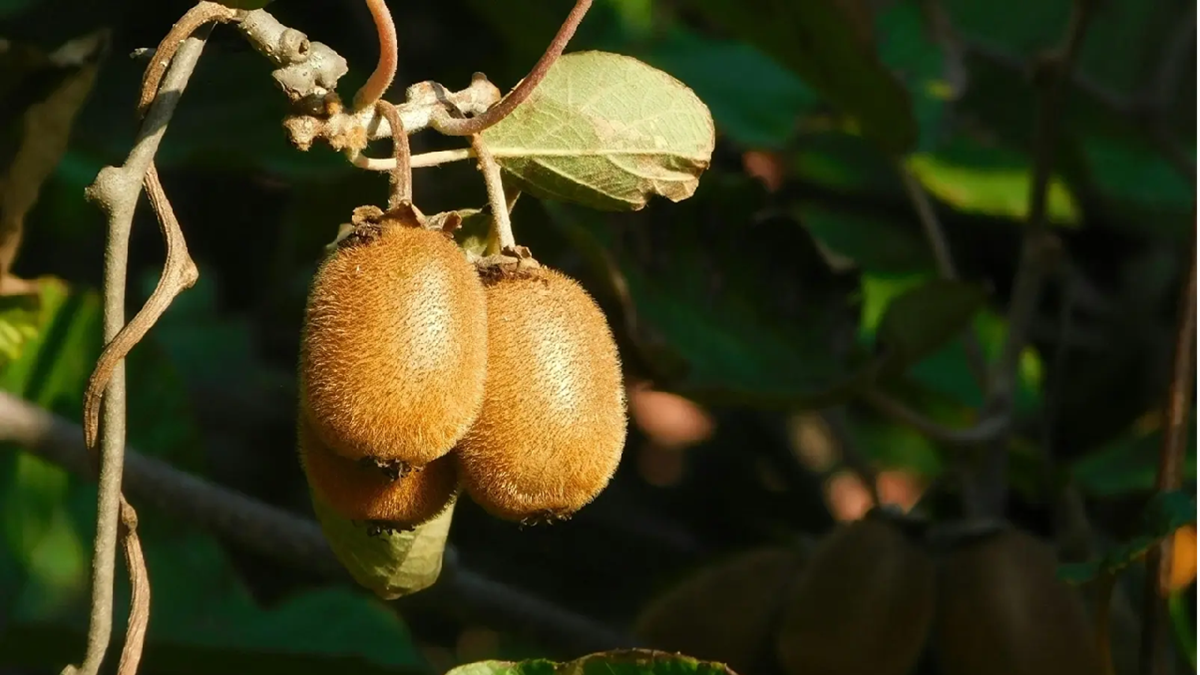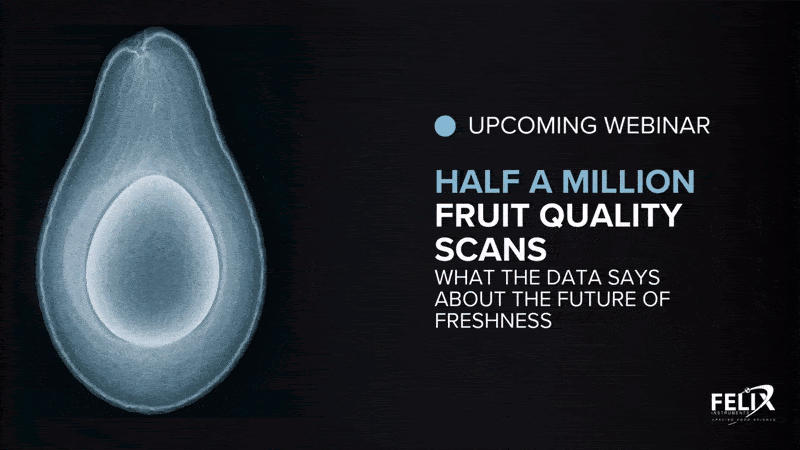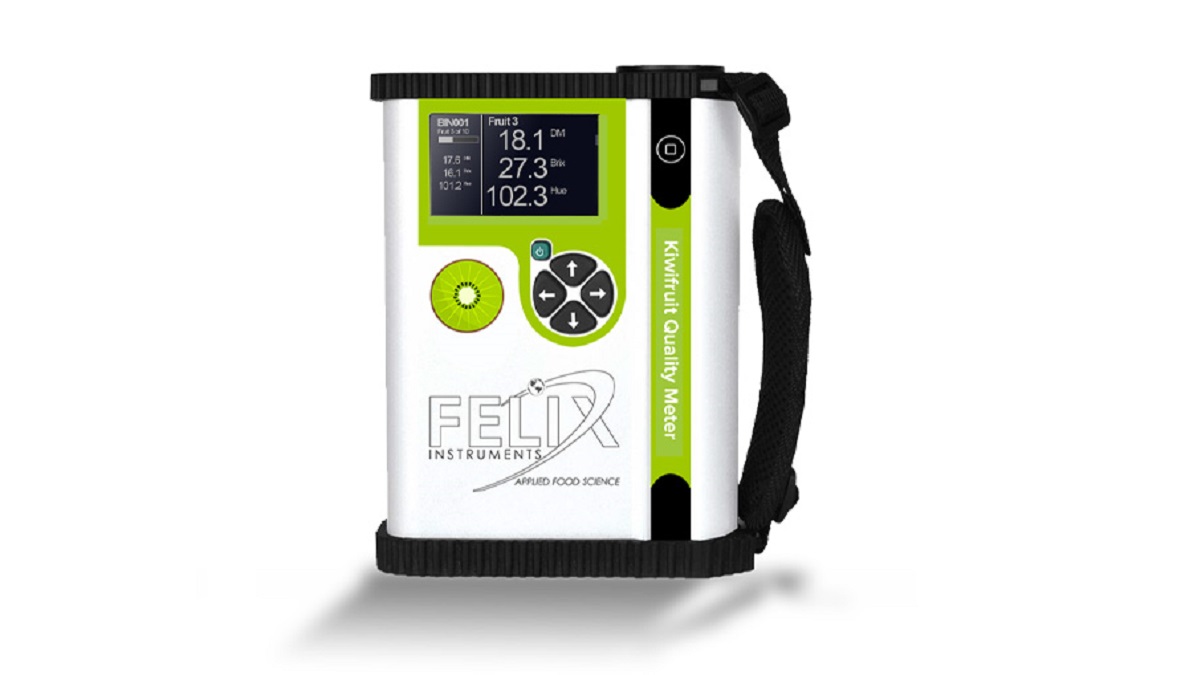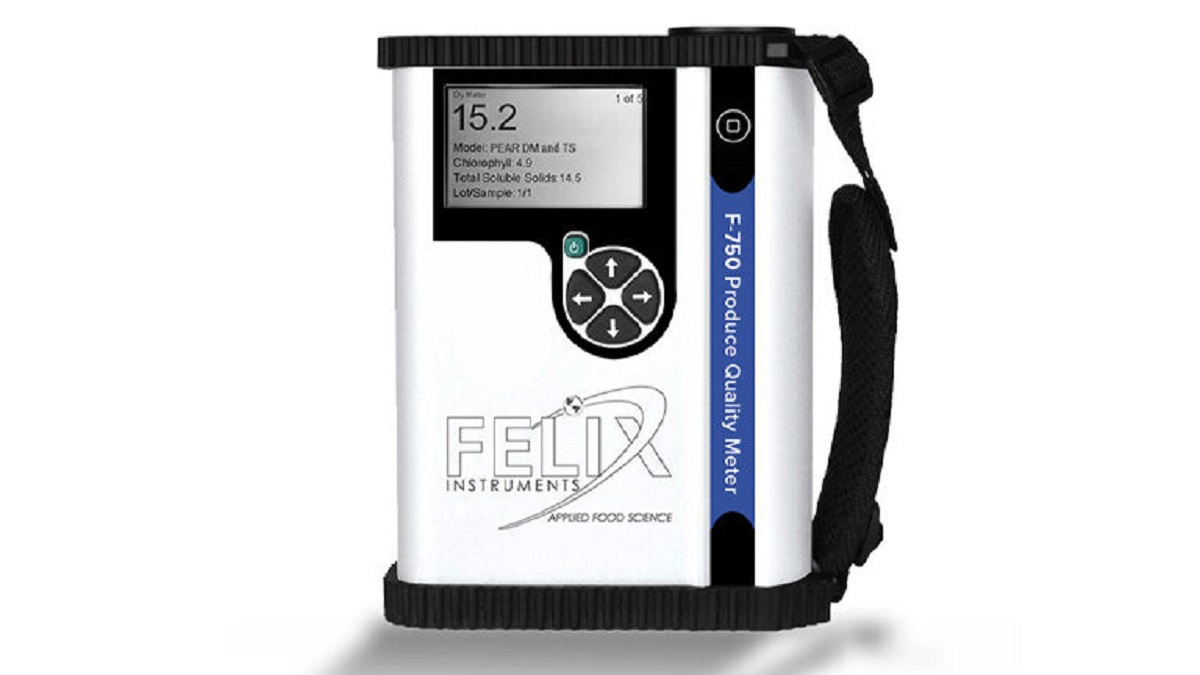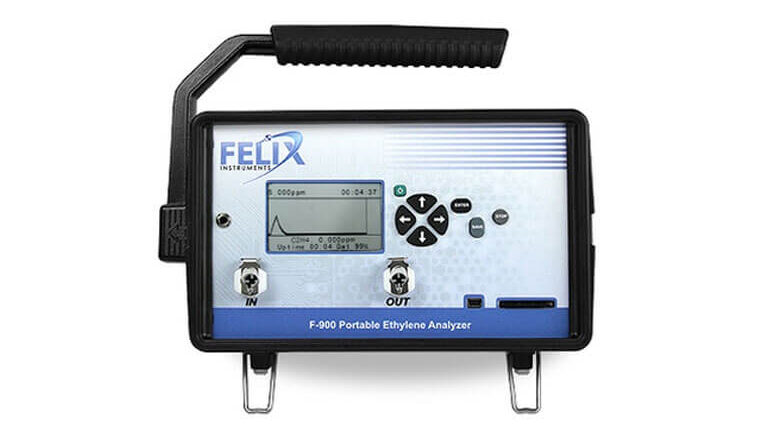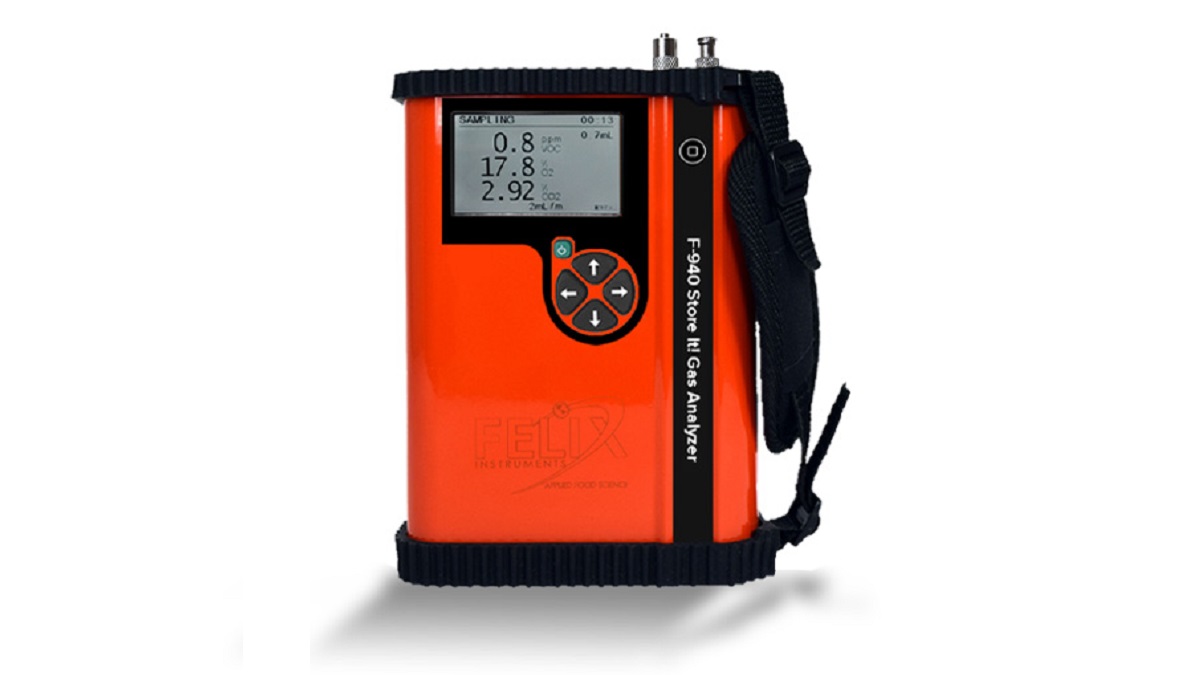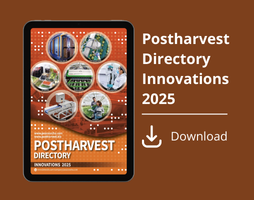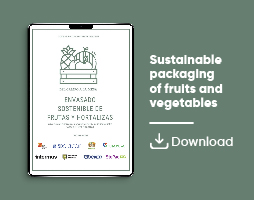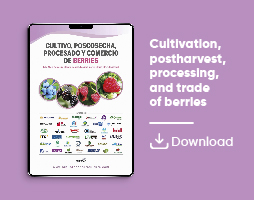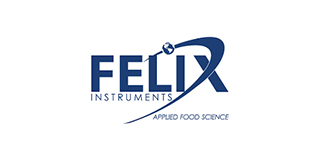

Felix Instruments
Measurements
Modern Technologies for Measuring Fresh Produce Quality Parameters
Ensuring the quality of fresh produce is essential across the supply chain. Non-destructive technologies, especially visible–near-infrared (vis-NIR) spectroscopy, are transforming how key quality parameters like color, sugar content, and dry matter are measured—quickly, objectively, and with minimal labor
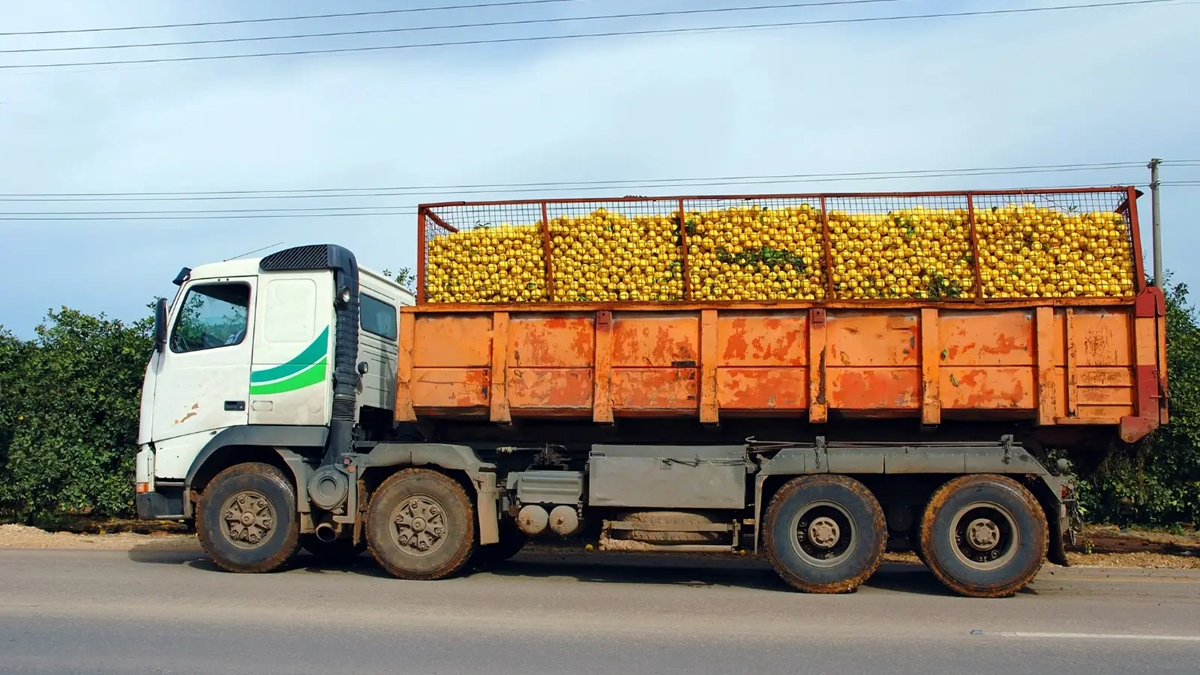
Monitoring the quality of fresh produce has become a standard practice across the supply chain. This shift highlights the growing importance of technologies used to assess quality. The trend is moving away from traditional, destructive, and time-consuming methods that rely heavily on skilled labor. In contrast, modern approaches are increasingly non-destructive, rapid, objective, and accurate. Among these, visible–near-infrared (vis-NIR) spectroscopy has emerged as a leading technique for evaluating key quality parameters. This article compares commonly used technologies for quality assessment and underscores the relevance of vis-NIR spectroscopy in current postharvest practices.
Importance of Fresh Produce Quality
The standard parameters that are measured as product and process attributes throughout the fresh produce supply chain are color, texture, sweetness, sourness, and dry matter content.
The reasons for monitoring fresh produce quality can vary and can be one or more of the following:
- Meet consumer preferences and expectations of quality, taste, safe, and healthy food.
- Assess the maturity of fresh produce at harvest to determine optimal picking times and post-harvest quality management conditions.
- Optimize sorting, grading, storage, ripening, authentication, and retailing in the post-harvest supply chain.
- Enhance nutraceutical content in fresh produce to make it healthier.
- Meet quality compliance requirements, especially in international trade.
- Reduce food loss by optimizing harvest time, meeting consumer demand, and extending shelf life.
NIR Spectroscopy Measurements
Near-infrared (NIR) spectroscopy enables the detection of key chemical constituents in fresh produce—such as sugars, starches, and organic acids—by exploiting the interaction of NIR light with molecular bonds like C-H, O-H, and N-H. These interactions cause specific wavelengths to be absorbed, transmitted, or reflected depending on the molecular structure and concentration of the compounds present.
Spectrometers capture the resulting complex spectra, which are then interpreted using chemometric models tailored to the analytical objective. This process yields practical, quantifiable indicators—such as °Brix or dry matter content—that are easy for users to interpret and apply in quality control processes.
Advancements in research and technology have led to the miniaturization of NIR instruments, facilitating the development of portable, user-friendly devices. Today, a wide range of commercial tools based on visible and NIR spectroscopy are available to measure quality parameters such as external and internal color, sugar content, acidity, dry matter, and moisture levels.
Internal and External Color
Color—both of the external peel and internal pulp—is one of the most routinely assessed quality parameters in the fresh produce supply chain. It serves as a reliable indicator of maturity and consumer appeal.
For external assessments, measurements typically focus on background color and/or blush, especially in bi-colored fruits like apples. Internal pulp color becomes critical when external appearance does not reflect maturity, as is often the case with citrus or climacteric fruits that may be physiologically mature but still retain green skin at harvest.


